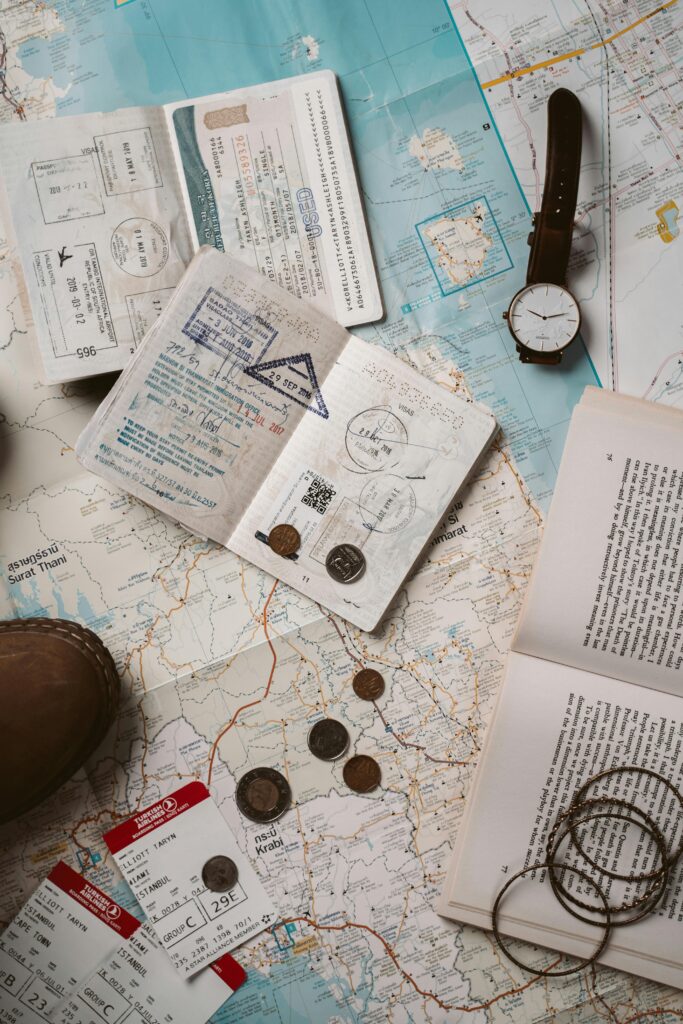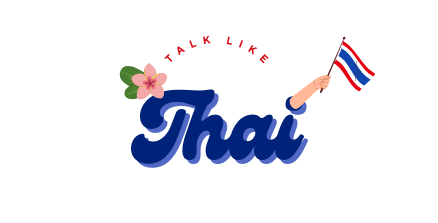Lesson 1: Asking for Directions in Thai
Understanding directions is essential for navigating in Thailand. Common phrases include asking for directions, landmarks, and distances. Combining maps and Thai vocabulary will help you find your way with confidence!

Words to Know
| Thai Word | Pronunciation | Meaning |
| ที่ไหน | Tee nai | Where |
| ไป | Pai | Go/To |
| ซ้าย | Sai | Left |
| ขวา | Khwa | Right |
| ตรงไป | Trong pai | Go straight |
| ใกล้ | Glai | Near |
Phrases to Use
| Situation | Thai Phrase | Pronunciation |
| How do I get to [place]? | ไป [place] ยังไงครับ/ค่ะ | Pai [place] yang ngai krab/ka |
| Where is [place]? | [place] อยู่ที่ไหนครับ/ค่ะ | [Place] yoo tee nai krab/ka |
| Is it near here? | อยู่ใกล้ที่นี่ไหมครับ/ค่ะ | Yoo glai tee nee mai krab/ka |
| Can you show me the way? | ช่วยบอกทางให้หน่อยครับ/ค่ะ | Chuay bok tang hai noi krab/ka |
Important Vocabulary
| Category | Thai Word/ Pronunciation | Meaning |
| Directions | ซ้าย (Sai), ขวา (Khwa), ตรงไป (Trong pai) | Left, right, go straight |
| Places | โรงแรม (Rong raem), ตลาด (Talad), วัด (Wat) | Hotel, market, temple |
| Distance/Proximity | ใกล้ (Glai), ไกล (Klai) | Near, far |
Example Conversation
At a Market
You: ไปวัดพระแก้วยังไงครับ/ค่ะ (Pai Wat Phra Kaew yang ngai krab/ka)
(How do I get to Wat Phra Kaew?)
Local: ตรงไปแล้วเลี้ยวขวา (Trong pai laew liaw khwa)
(Go straight, then turn right.)
You: ขอบคุณครับ/ค่ะ (Khop khun krab/ka)
(Thank you.)
Quick Cultural Tips
- Thai people are very helpful, so don’t hesitate to ask for directions.
- Always add “krab” or “ka” to your questions to sound polite and respectful.
- Use landmarks when asking for directions—Thai people often explain routes using well-known places.
